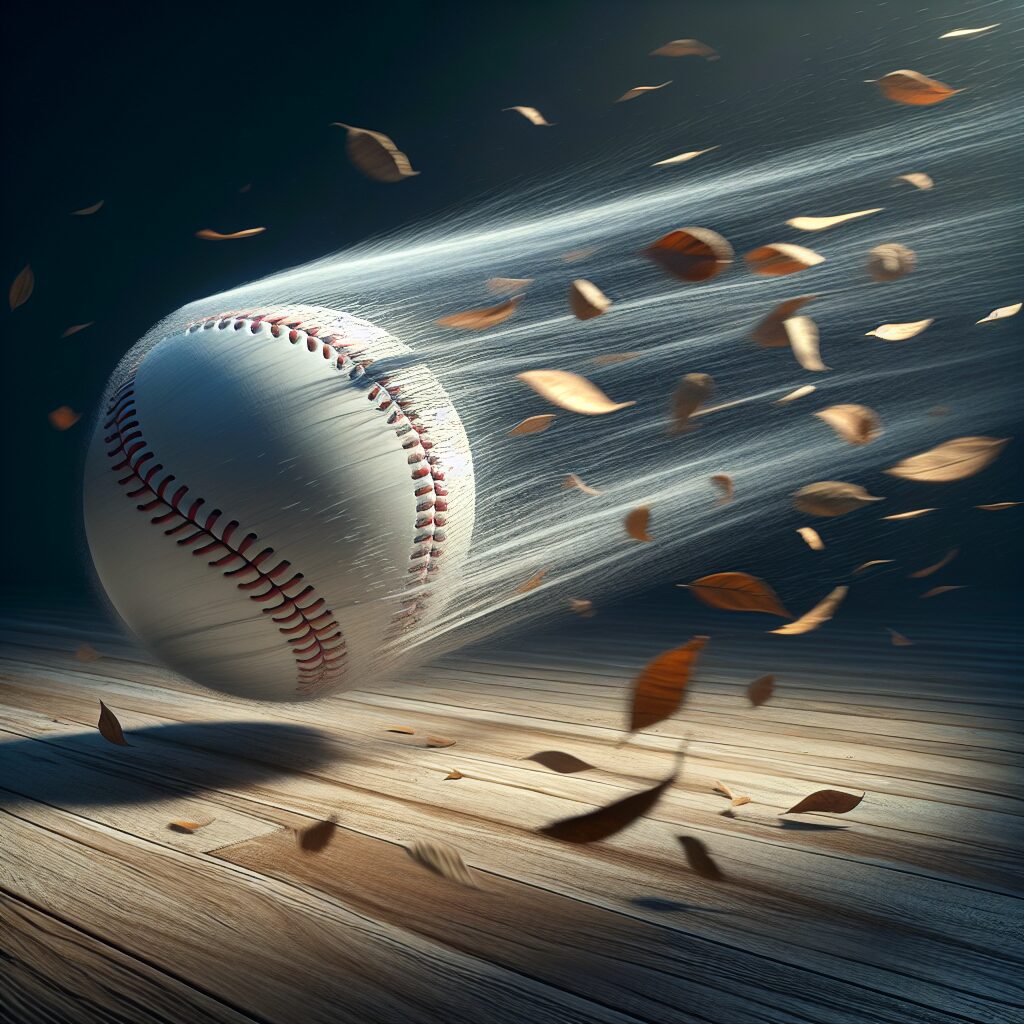In the world of renewable energy, wind power has emerged as a crucial source for generating electricity. As wind farms continue to sprout across the globe, the manufacturing industry plays a pivotal role in ensuring the successful production and operation of wind turbines. Among the many components required for a smooth-running wind farm, one integral element stands out: resilient balls. These seemingly small and unassuming spheres possess important characteristics that contribute to the overall efficiency and durability of wind turbines.
Crafting resilient balls specifically designed for the unique demands of wind turbines is no small feat. These balls serve a vital function in minimizing friction and ensuring fluid motion within the turbines. With the constant rotation and movement of the turbine blades, these spheres act as bearings, supporting and guiding the smooth rotation of critical components. By reducing friction and preventing damaging contact between moving parts, the use of these resilient balls can significantly extend the lifespan of wind turbines, making them more cost-effective and sustainable.
In the upcoming sections of this article, we will delve deeper into the manufacturing process behind these resilient balls. We will explore the materials used, the precision required, and the specific impacts on turbine performance. Additionally, we will discuss the advancements in manufacturing techniques that contribute to the resilience and long-lasting functionality of these balls. Finally, we will touch upon the importance of ongoing research and development in this field, as well as potential future innovations that may further enhance the manufacturing process and the overall efficiency of wind turbines. Stay tuned for these key takeaways and more in the subsequent parts of this article.
Key Takeaways
1. The manufacturing process for wind turbine bearings requires specialized skills and materials to ensure durability and reliability.
2. The role of greases and lubricants in wind turbine bearings is crucial for minimizing friction and wear, ultimately extending the lifespan of the components.
3. Designing and manufacturing resilient balls for wind turbine bearings requires attention to detail and precise engineering, as these components are subject to high loads and harsh environmental conditions.
4. Advanced technologies such as additive manufacturing are being explored to enhance the manufacturing process of wind turbine bearings, offering potential for improved efficiency and cost-effectiveness.
5. Continuous research and development efforts in manufacturing for wind are focused on improving materials, designs, and processes to meet the increasing demands for renewable energy and drive industry growth.
Manufacturing for Wind: How Can Resilient Balls Be Crafted to Optimize Wind Production?
Understanding Wind Energy Production
Before delving into the manufacturing process of resilient balls for wind applications, it is crucial to grasp the fundamentals of wind energy production. Wind power has gained significant momentum in the renewable energy industry, harnessing the kinetic energy of air currents to generate electricity.
The Importance of Resilient Balls
Resilient balls play a pivotal role in wind turbines by acting as vital components within the bearing systems. These systems enable the smooth rotation of the turbine’s blades, optimizing energy production and ensuring longevity. Manufacturing resilient balls with precision and durability is paramount for consistent wind power generation.
When it comes to crafting resilient balls for wind applications, manufacturers must adhere to rigorous processes to ensure exceptional quality and performance. The manufacturing process involves several key steps:
Metal Selection
The choice of metal for resilient ball production plays a critical role in determining its strength, corrosion resistance, and overall performance. Common materials include stainless steel, chrome steel, and ceramic, each offering specific advantages for different wind turbine environments.
Forging or Casting
Resilient balls are typically created through either forging or casting techniques. Forging involves shaping and compressing heated metal into the desired ball shape, which enhances the material’s density and structural integrity. Casting, on the other hand, involves pouring molten metal into molds, providing greater design flexibility.
Heat Treatment
To further enhance the resilience and durability of the balls, heat treatment is a crucial step. This process involves subjecting the forged or cast balls to controlled heating and cooling cycles, optimizing their mechanical properties and reducing the risk of fatigue failure.
Surface Treatment
Surface treatment techniques such as polishing, coating, or shot peening are employed to enhance the balls’ surface finish, corrosion resistance, and fatigue strength. These treatments ensure smooth rotation, minimize wear, and extend the overall lifespan of the resilient balls.
Quality Control
The manufacturing process concludes with rigorous quality control measures to ensure that the produced resilient balls meet industry standards. Various testing methods, including dimensional analysis, hardness testing, and surface inspection, are implemented to guarantee optimal performance and reliability.
Benefits of Crafting Resilient Balls for Wind Applications
Using meticulously crafted resilient balls in wind turbines provides several key advantages:
Enhanced Efficiency
Resilient balls manufactured with precision and resilience minimize friction within the bearing systems, enabling smooth operation and reducing energy losses. This enhanced efficiency translates into higher power generation from wind turbines.
Extended Lifespan
The durability and fatigue resistance of resilient balls contribute to the longevity of wind turbines. By reducing wear and tear on components, these balls help ensure extended lifespan and reduced maintenance requirements.
Reliability in Harsh Environments
Wind turbines often operate in challenging weather conditions, including extreme temperatures, humidity, and exposure to corrosive elements. Resilient balls manufactured for wind applications are designed to withstand these harsh environments, maintaining consistent performance and reliability.
Cost-effectiveness
By optimizing energy production, extending equipment lifespan, and reducing maintenance needs, the use of resilient balls proves cost-effective in the long run. The initial investment in high-quality, precisely crafted balls pays off through increased efficiency and minimized downtime.
Key Considerations for Choosing Resilient Balls
When selecting resilient balls for wind turbine applications, it is important to keep several factors in mind:
Load Capacity
Understanding the load capacity requirements of your wind turbines and selecting resilient balls capable of withstanding these loads ensures optimal performance and longevity.
Material Compatibility
Choosing the right material for resilient balls, considering factors like environmental conditions, corrosion resistance, and operating temperature range, is crucial for their effective functioning in wind turbine applications.
Quality Standards
Ensure that the manufacturer adheres to strict quality control standards and certifications to guarantee reliable and durable resilient balls for your wind turbines.
Cost-effectiveness
While quality is essential, balancing it with the overall cost is crucial. Consider the long-term benefits and return on investment when choosing resilient balls for wind applications.
Top Tips for Manufacturing Resilient Balls for Wind
1. What are the essential properties to consider when selecting materials for resilient balls in wind turbine applications?
2. How does heat treatment contribute to the resilience and durability of the balls?
3. What surface treatment techniques can enhance the performance and lifespan of resilient balls?
4. Which quality control measures are crucial during the manufacturing process of resilient balls for wind?
5. How do resilient balls contribute to the efficiency and reliability of wind turbines?
Frequently Asked Questions
1. What is Manufacturing for Wind: Crafting Resilient Balls?
Manufacturing for Wind: Crafting Resilient Balls is the process of creating durable and efficient wind turbine balls specifically designed to withstand harsh weather conditions.
2. Why are resilient balls important in wind turbine manufacturing?
Resilient balls play a crucial role in wind turbine manufacturing as they ensure uninterrupted energy generation even in extreme weather events. These balls are designed to reduce friction, minimize downtime, and increase the overall efficiency and lifespan of wind turbines.
3. How are resilient balls manufactured for wind turbines?
The manufacturing process involves using high-quality materials like reinforced polymers or composites, ensuring the balls have excellent tensile strength and resistance to adverse environmental conditions.
4. Can resilient balls be customized for specific wind turbine models?
Absolutely! Manufacturers offer customization options to cater to different wind turbine models and specifications. This ensures optimal performance and compatibility with various types of wind turbines.
5. What are the advantages of using resilient balls in wind turbines?
Using resilient balls in wind turbines offers several benefits, including increased durability, enhanced energy production, reduced maintenance costs, and improved overall system reliability. Moreover, these balls contribute to a more sustainable and efficient renewable energy generation.
6. Are resilient balls cost-effective?
Although the initial investment in resilient balls may be higher compared to traditional solutions, their long-term cost-effectiveness is undeniable. These balls significantly minimize repair and maintenance expenses, leading to greater return on investment over the lifetime of the wind turbine.
7. Are there any environmental benefits associated with using resilient balls?
Absolutely! By improving the efficiency and longevity of wind turbines, resilient balls contribute to significant reductions in greenhouse gas emissions and reliance on fossil fuels. They play a vital role in promoting a cleaner and greener energy future.
8. Can the manufacturing process of resilient balls be environmentally friendly?
Manufacturers are increasingly adopting sustainable practices and using eco-friendly materials in the manufacturing process. This not only reduces environmental impact but also aligns with the industry’s goal of promoting sustainability in all aspects of wind turbine production.
9. Do resilient balls require specialized maintenance?
Resilient balls are designed to be low-maintenance, requiring minimal attention once installed. However, regular inspections and monitoring are recommended to ensure optimal performance and identify any potential issues.
10. Where can I find reliable manufacturers of resilient balls for wind turbines?
There are numerous reputable manufacturers specializing in resilient balls for wind turbines. It is essential to research and choose a supplier that has a proven track record, excellent customer reviews, and a commitment to delivering high-quality products.
Final Thoughts
Manufacturing for Wind: Crafting Resilient Balls is a critical aspect of wind turbine production that enhances the efficiency, durability, and sustainability of renewable energy generation. By investing in resilient balls, the wind industry can significantly reduce operational costs, improve overall system performance, and contribute to a greener future. Industry professionals and manufacturers should collaborate to further innovate and optimize the manufacturing processes for these essential components.
As renewable energy continues to gain prominence, it is vital to prioritize the development of resilient balls that can withstand the evolving challenges posed by extreme weather conditions. By constantly improving the manufacturing techniques and materials used, the wind industry can ensure reliable, long-lasting, and efficient wind turbines, ultimately accelerating the transition towards a cleaner and more sustainable energy landscape.




